2017-11-21 16:45
WinGD X-DF Engines Power CMA CGM’s Record Containerships
As the latest high point in an unbroken run of prestige contracts for its low-speed X-DF dual-fuel engines with low-pressure gas admission, Winterthur Gas & Diesel Ltd (WinGD) is pleased to announce that French shipping line CMA CGM, based in Marseille, has chosen WinGD’s largest, 92 cm bore, dual-fuel low-speed engine to power what are presently the largest containerships ever ordered.
The 12-cylinder X92DF engines (12X92DF) will power a series of nine “mega” containerships, each with a record capacity of 22,000 TEU. The vessels ordered by CMA CGM will be built at the yards of Hudong-Zhonghua Shipbuilding (Group) Co., Ltd. and Shanghai Waigaoqiao Shipbuilding Co., Ltd.
They are due to enter service in 2020 on routes between Asia and Europe and are designed to have the potential to sail complete Asia-to-Europe voyages on liquefied natural gas (LNG). The 12X92DF engines will be rated 63,840 kW at 80 rpm, making them the most powerful gas and dual-fuel engines ever built.
Beyond leveraging the operating economy and reliability of WinGD’s X-DF engines, with this futuristic move CMA CGM is endorsing the outstanding performance of WinGD’s dual-fuel engines with low-pressure gas admission as a way of addressing existing and upcoming regulations from the International Maritime Organization.
“Given the low NOx emissions of dual-fuel engines using lean burn combustion and the extremely low sulphur content of natural gas, by choosing our X-DF engines and LNG, CMA CGM is automatically complying with all existing and future emissions regulations,” says Volkmar Galke, General Manager of Sales at WinGD. For CMA CGM, Ludovic Gerard, Vice President of Owned Fleet comments: “With this move to LNG energy, CMA CGM is moving ahead for a greener shipping. We selected WinGD engines for the main propulsion on the grounds of their experience in dual-fuel engines and our positive feedback on the two-stroke Generation X engines”.
The regulations already met by the WinGD X-DF dual-fuel engines include the Iimits on NOx in Emission Control Areas (ECAs) imposed by IMO Tier III and the 0.5% limit on sulphur in fuel which will be introduced in 2020, as well as possible limits on particulates. “The built-in efficiency of our lean-burn dual-fuel engines is also complemented by the favourable ratio of carbon-to-hydrogen in methane - the main constituent of natural gas - which mean that our X-DF engines are already low emitters of CO2 compared to liquid fuelled engines,” Galke continues. “Our X-DF engines are thus an excellent starting point for playing a full part in achieving the 30% improvement in overall vessel efficiency up to 2025 specified by the IMO’s Energy Efficiency Design Index (EEDI).”
Looking at the overall Total Cost of Ownership (TCO) of the new vessels, as well as operating expenditure (OPEX), capital expenditure (CAPEX) is also reduced because the emissions levels of WinGD X-DF engines are achieved without the need to install exhaust gas after treatment systems, and by the application of the low-pressure gas admission feature of the X-DF engines, which uses less expensive, more energy-efficient gaseous fuel compression equipment compared with low-speed dual-fuel engines requiring high pressure gas injection.
The 12-cylinder X92DF engines (12X92DF) will power a series of nine “mega” containerships, each with a record capacity of 22,000 TEU. The vessels ordered by CMA CGM will be built at the yards of Hudong-Zhonghua Shipbuilding (Group) Co., Ltd. and Shanghai Waigaoqiao Shipbuilding Co., Ltd.
They are due to enter service in 2020 on routes between Asia and Europe and are designed to have the potential to sail complete Asia-to-Europe voyages on liquefied natural gas (LNG). The 12X92DF engines will be rated 63,840 kW at 80 rpm, making them the most powerful gas and dual-fuel engines ever built.
Beyond leveraging the operating economy and reliability of WinGD’s X-DF engines, with this futuristic move CMA CGM is endorsing the outstanding performance of WinGD’s dual-fuel engines with low-pressure gas admission as a way of addressing existing and upcoming regulations from the International Maritime Organization.
“Given the low NOx emissions of dual-fuel engines using lean burn combustion and the extremely low sulphur content of natural gas, by choosing our X-DF engines and LNG, CMA CGM is automatically complying with all existing and future emissions regulations,” says Volkmar Galke, General Manager of Sales at WinGD. For CMA CGM, Ludovic Gerard, Vice President of Owned Fleet comments: “With this move to LNG energy, CMA CGM is moving ahead for a greener shipping. We selected WinGD engines for the main propulsion on the grounds of their experience in dual-fuel engines and our positive feedback on the two-stroke Generation X engines”.
The regulations already met by the WinGD X-DF dual-fuel engines include the Iimits on NOx in Emission Control Areas (ECAs) imposed by IMO Tier III and the 0.5% limit on sulphur in fuel which will be introduced in 2020, as well as possible limits on particulates. “The built-in efficiency of our lean-burn dual-fuel engines is also complemented by the favourable ratio of carbon-to-hydrogen in methane - the main constituent of natural gas - which mean that our X-DF engines are already low emitters of CO2 compared to liquid fuelled engines,” Galke continues. “Our X-DF engines are thus an excellent starting point for playing a full part in achieving the 30% improvement in overall vessel efficiency up to 2025 specified by the IMO’s Energy Efficiency Design Index (EEDI).”
Looking at the overall Total Cost of Ownership (TCO) of the new vessels, as well as operating expenditure (OPEX), capital expenditure (CAPEX) is also reduced because the emissions levels of WinGD X-DF engines are achieved without the need to install exhaust gas after treatment systems, and by the application of the low-pressure gas admission feature of the X-DF engines, which uses less expensive, more energy-efficient gaseous fuel compression equipment compared with low-speed dual-fuel engines requiring high pressure gas injection.
< Korea Shipping Gazette >
많이 본 기사
- 美동안운임 석달만에 6000달러 재돌파…유럽도 상승 전환유코카캐리어스, 8년만에 현대차 수출물량 50% 수송해운조합, 두원상선 <이스턴드림>호 안전관리 우수선박 선정정일스톨트헤븐울산, UPA 선정 울산항 ‘최우수 탱크터미널’“자율운항선박 실증시험 안전 강화해야”우수 물류신기술 지정제도 신청절차 KIMST서 전담2025년도 여수·광양항 항만건설 예산 2009억원 확정지난해 인천항 ‘컨’ 처리량 350만TEU 돌파…역대최대선진그룹, 사랑의 열매 기부로 나눔 실천CJ대한통운, 주 7일 배송 개시…이커머스 산업 경쟁력 강화 기대
- 부산신항만, ‘온기 맞이 프로젝트’ 에너지 취약계층에 기부금 전달인사/ 팬스타그룹인천공항공사, 4개 공공기관과 교육자원 협력 강화해수부, 개방형 직위 ‘선원정책과장’ 공모인사/ 한국해양과학기술원인사/ 오리엔트스타로직스인사/ 한국선급, 본부장 7명 부사장 승진인사/ ECU월드와이드코리아IPA, 지역 보호·양육시설 아동 대상 멘토링 프로그램 제공인천공항공사, 제주항공 사고 관련 성금·물품 지원
스케줄 많이 검색한 항구





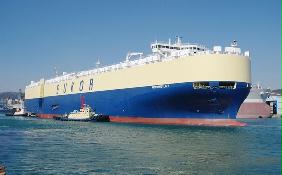
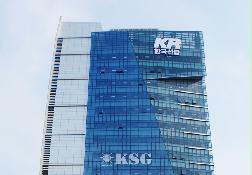

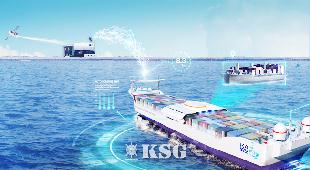



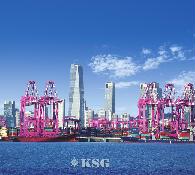
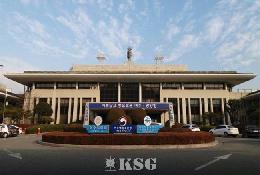
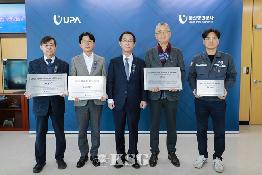

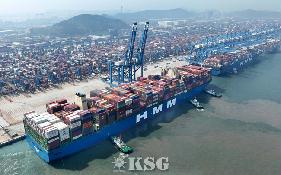

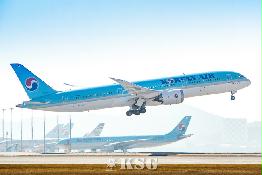


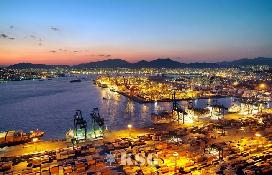


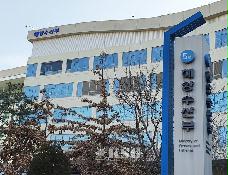

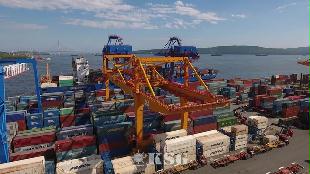
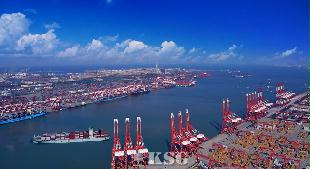
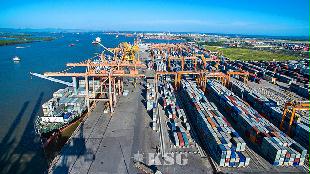
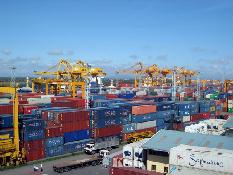






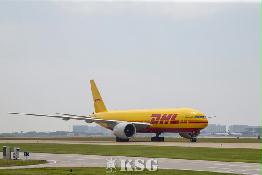
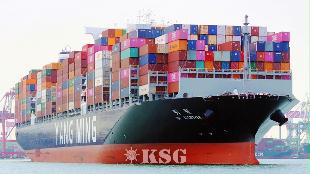
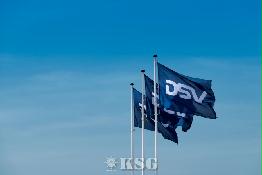
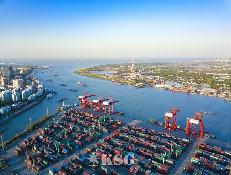
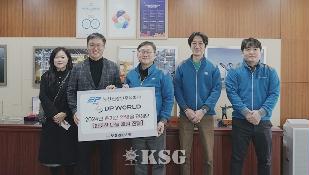





















0/250
확인